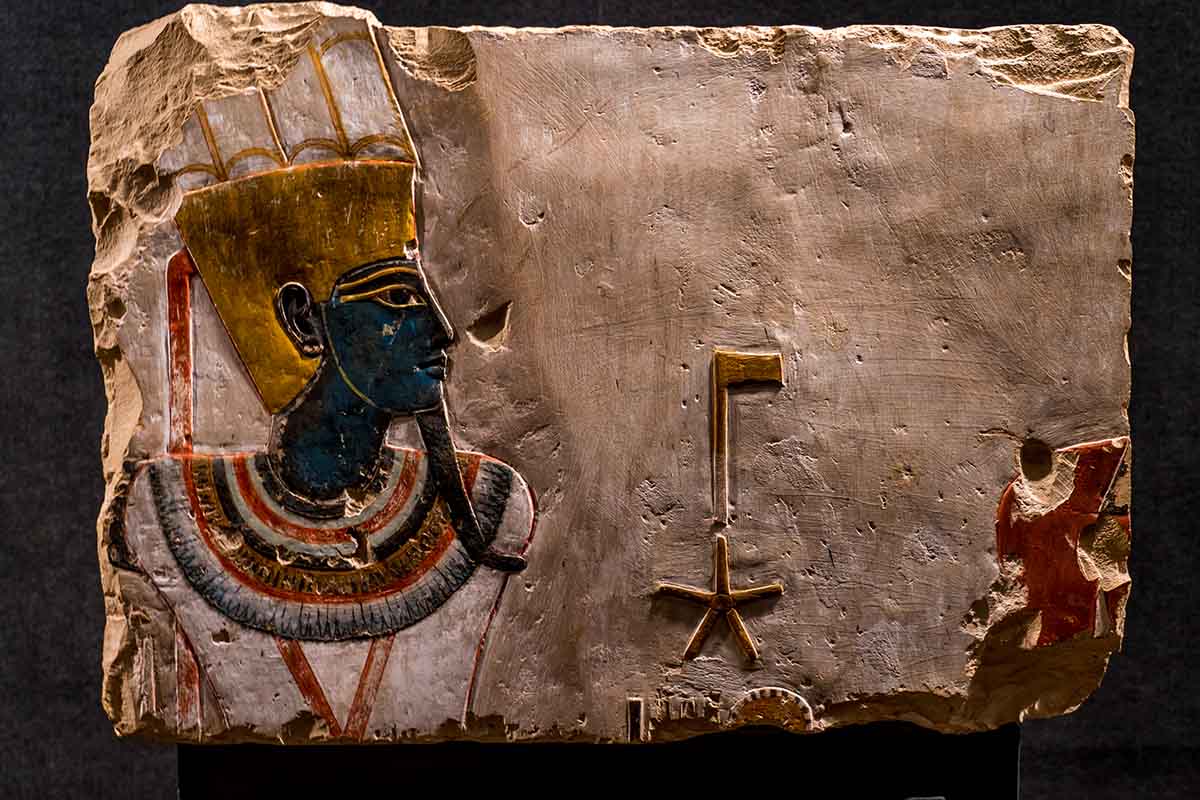Akhenaten is the heretic pharaoh, that member of the XVIIIth dynasty who reigned during the New Empire but whose successors wanted to erase from history: a monotheistic revolution and a change of capital (Akhetaton, today’s Tell el-Amarna ) are some of its great sacrileges. But there are other very basic facts that you may not know and that you should know if you are going to travel to Egypt and want to better understand the character and his historical period (mid-fourteenth century BC).
#1. Your name: Akhenaten… and many others
Akhenaten actually had several names. The first, before their religious revolution: Amenhotep IV or Amenophis IV, in praise of the god Amun, the most venerated god in Thebes at that time (today Luxor). But after his religious reform, he decided to change and to adopt Akhenatenwhich in other cases is also usually written Akhenaton or Akhenaton, and means “pleasing to Aton”, the god of the solar disk that he implanted as practically unique.
#2. Husband of Nefertiti….
An important detail of his life was his marriage to Nefertiti, which means “the beautiful has arrived”, something that corresponds to reality according to the bust preserved in the Neues Museum in Berlin, still considered today as a canon of ideal beauty. She, by the way, also changed her name to Neferneferuaton (“wonderful beauty of Aton”), but it is hardly used today, perhaps because of its difficulty.

#3. … and Tutankhamun’s father
But as far as fame is concerned, the son surpassed the father, since one of his descendants and successors was Tutankhamun, launched to stardom by his spectacular tomb, discovered in 1922 by Howard Carter and today present mainly in the Great Museum of Giza. But despite being the son of AkhenatenTutankhamun, although he died very young (about 18 years old), was one of the promoters of the return to religious order.
#4. Androgynous representations… why?
Akhenaten is probably the easiest pharaoh to recognize: his androgynous appearance has provoked rivers of ink and numerous speculations. Her wide hips, fuller-than-normal breasts, full lips and bulging belly bring her figure closer to that of a woman, but there is still no satisfactory explanation as to why she would be depicted as such.
#5. Where is his grave
As is the case with the tomb of Alexander the Great The discovery of his tomb is a mystery, although some researchers state categorically that it is the KV55 of the Valley of the Kings. What seems clear is that he was initially buried in the necropolis of Akhethaton and, after his death, was taken to the Valley of the Kings, perhaps by one of his sons.
#6. Facial reconstructions
In tomb KV55, by the way, a mummy was found which could be that of AkhenatenThis has led to attempts to reconstruct the facial features of the pharaoh, resulting in 3D portraits less idealized than those that have come down to us today.
Undoubtedly, Akhenaten is one of the pharaohs most often mentioned during guided tours of Luxor and Egyptian museums in the country, so if you are interested in the life of this enigmatic pharaoh, keep your eyes peeled for details. And remember that our agency can take you to all the places related to this pharaoh, including Tell el-Amarna (ancient Akhethaton),




